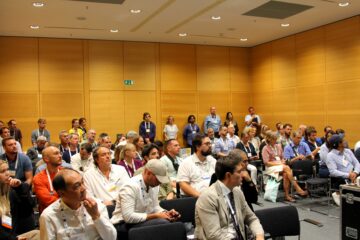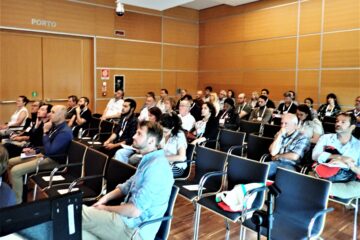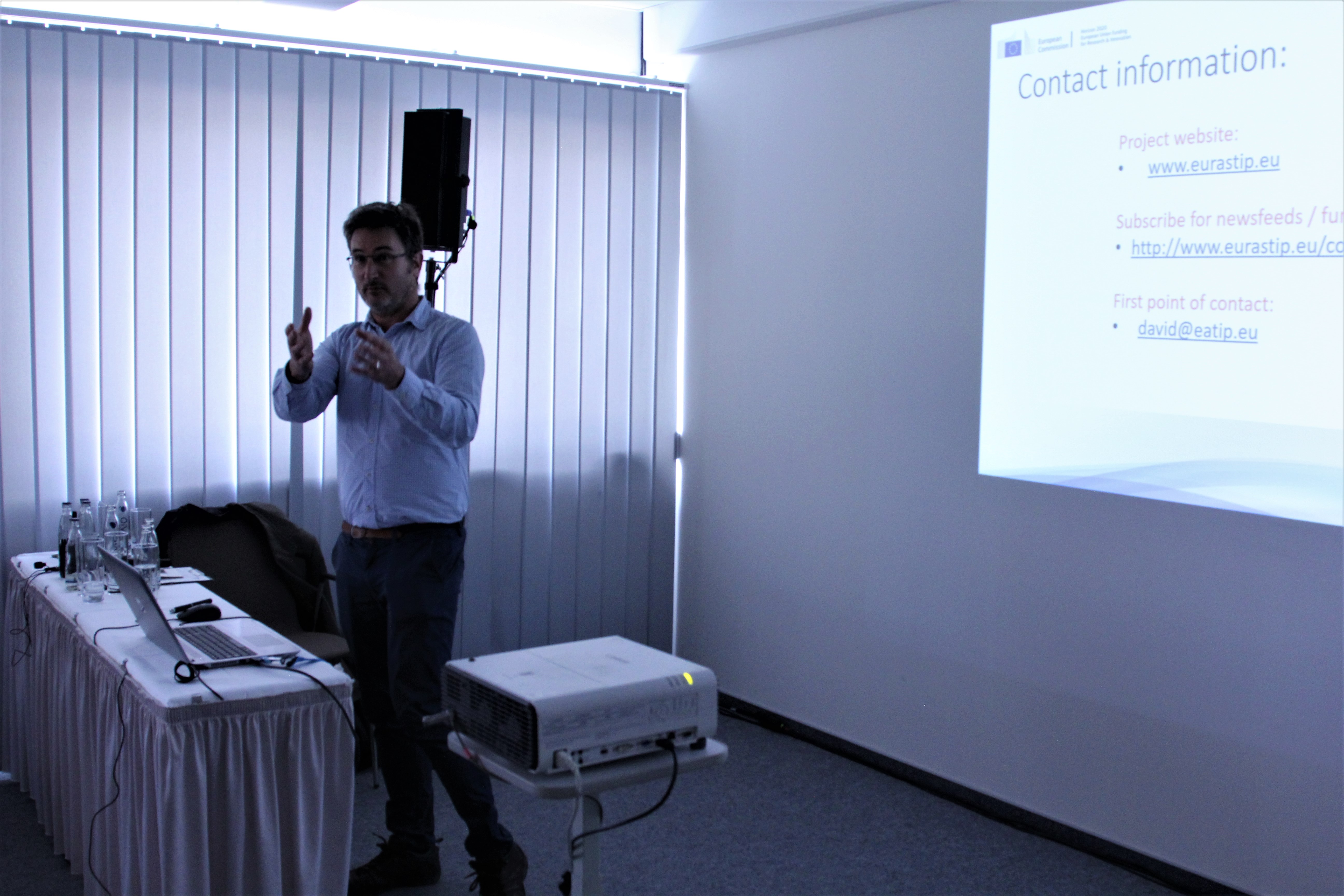FishInternational 2018 program and summary presentations
On request of the coordinators from the Fish International fair in Bremen, we decided to support them with their Aquaculture Workshop. The one-day conference consisted of four lecture series held in different event rooms: Recirculating Systems, Salmonids, Shrimps and Animal Health. The Shrimp session, accompanied and moderated by EuroShrimp, dealt with a variety of interesting and diverse topics.
The team of Fish International had organized an interesting and diversified day. In the afternoon, we all came together and reported on the most important results of the respective lecture series. You can have a closer look at the individual presentations of the shrimp session on our Website or look at the presentations of the other lecture series by following the Link to the Website of the Fish International.
Shrimp Farming
“Progress and prospects of European shrimp farming“
RAS systems for shrimps and their farm management strategies

Bert Wecker, General Manager Förde Garnelen GmbH; Germany
Considering the higher production costs for shrimp farming in Europe there is essential need to implement new production technologies, farm management strategies and marketing concepts. Regarding production, the most relevant criteria are the optimization of water quality, the increase of stocking densities and the reduction of mortality/cannibalism in land based RAS farms. Therefore, farm management strategies are an important tool to improve production efficiency and to increase Competitiveness on the market.
Hatchery: Post-Larvae made in Europe?
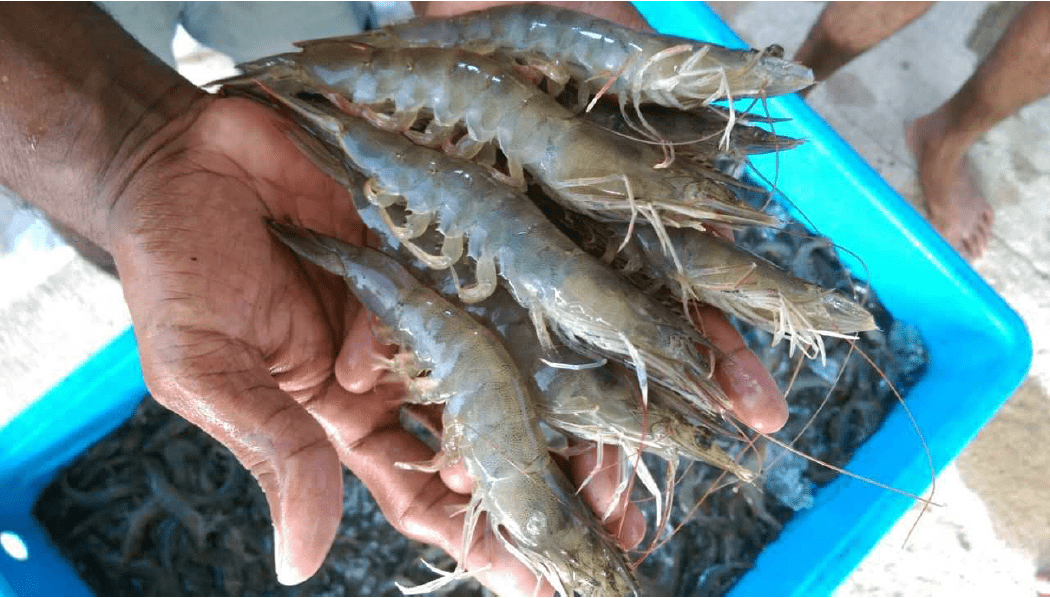
Gerrit Quantz, General Manager Futurefish GmbH; Germany
Several shrimp farming projects have been initiated in Europe during the last years. Almost all of these projects are importing Post Larvae (PL) from hatcheries in the United States. This very limited option in the seed supply is the consequence of the very strict import regulations for live shrimp by the EU authorities and a bottleneck for the emerging industry. A basic layout for a shrimp hatchery will be presented with the characteristics of the different sections for breeding, hatching, first feeding, live feed cultures and the PL rearing.
Indoor shrimp aquaculture in Europe: feasibility, designs and experiences

Stefan Bruns, Managing Director Polyplan GmbH, Germany and Eric de Muylder, General Manager CreveTec bvba, Belgium
Within the past decade the level of interest in indoor shrimp farming has noticeably grown, thanks to the known high quality of the fresh product, still the implementation of projects is scarce. Realization mostly is hampered by improper financing and also by insecure, highly heterogeneous regulatory framework. Finally, investors are confronted with two distinctly different technical approaches: the Recirculating Aquaculture System design (RAS) and the Biofloc-Technology (BFT). This shared talk gives an overview over the feasibility and commercial aspects of these two designs. Furthermore, the talk gives an insight into the complex matter of the BFT from a biological perspective.
Marketing and the benefits of Certifications as marketing tool
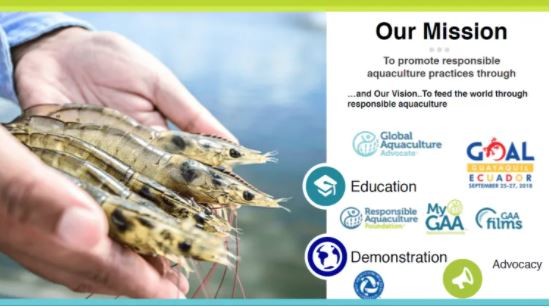
Mike Berthet, Market Development Manager EU GAA
In this fast moving World of today, consumer’s expectation rise ever higher. Whether that be for innovation, instant gratification or the best that money can buy the security of ‘trust’ both in the product and in the Brand cannot be over emphasized. People want their view of a brand’s worthiness to be trusted unconditionally and interrogated and supported by a Third Party’ as this demonstrates the companies complete faith in their systems, their personnel, their product and their Brand and this in the end… helps sell more product.
The market for shrimps in Europe: perspectives from the European indoor shrimp farming sector + engineering considerations

Carlos Espinal, Managing Director LandIng Aquaculture B.V., Netherlands
The Shrimp farming sector is dominated by L. vannamei and second by P. monodon, whose production ranks tenth in volume and first in value. The Shrimp imports into the European Union value about two-thirds of the total value of all seafood products and more than 50 countries have been involved at some point with exporting into the EU. In this big market, where should the European shrimp farmers play?

Proposed by ALFRED-WEGENER-INSTITUT | Helmholtz Centre for Polar and Marine Research | Section of KNOWLEDGE AND TECHNOLOGY TRANSFER | AQUACULTURE RESEARCH GROUP
